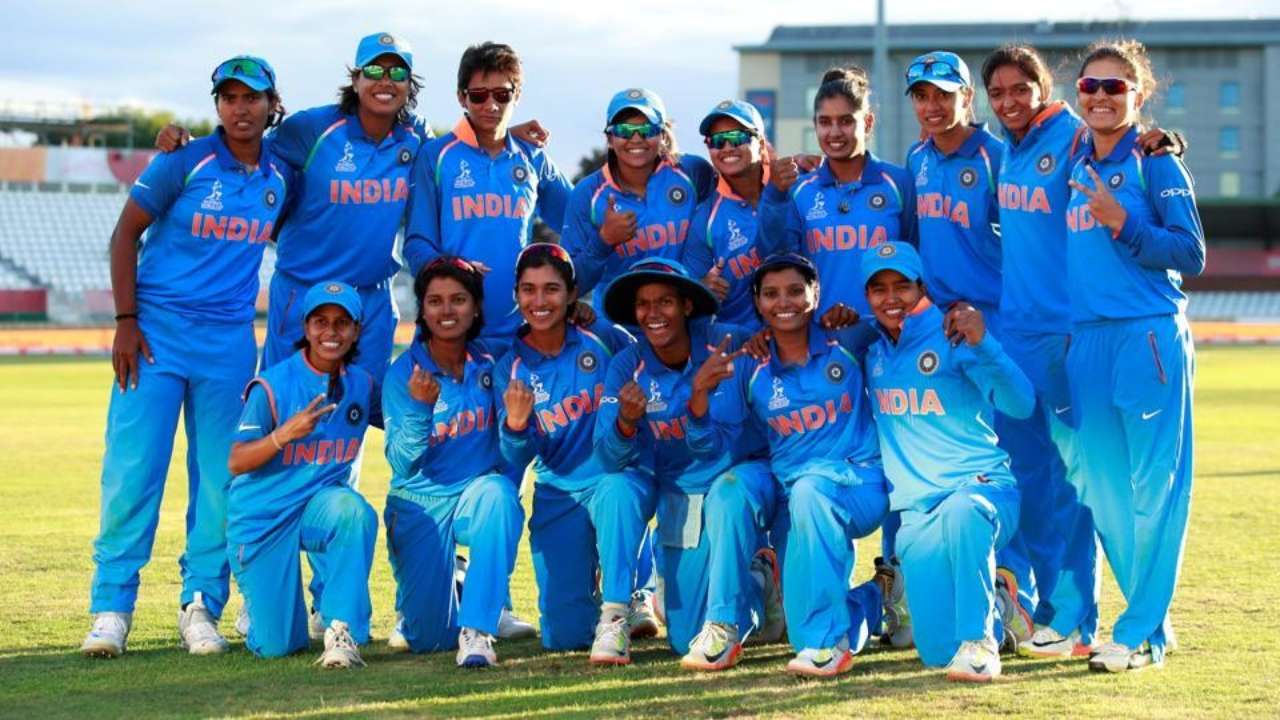Introduction
Photography is a remarkable art form that allows us to freeze moments in time, capturing memories, emotions, and the beauty of the world around us. While traditional photography often focuses on broad landscapes, stunning portraits, or breathtaking vistas, there’s a fascinating dimension to photography that invites us to explore the world in exquisite detail. This dimension is known as macro photography, and it’s a captivating journey into the tiny, intricate universe that exists right before our eyes.
In this blog post, we will delve into the enchanting realm of macro photography. From the essential gear to expert techniques and creative inspiration, we’ll guide you through the steps to capture the world up close, revealing details and wonders that often go unnoticed.
The Basics of Macro Photography
Macro photography involves capturing subjects at a 1:1 ratio or closer, which means that the subject on the camera sensor is the same size as it is in real life or even larger. Achieving this level of detail requires specific equipment and techniques, but the results are truly extraordinary.
1. Essential Gear
Before diving into macro photography, you’ll need to assemble the right gear. Here are some essentials:
Macro Lens: The most critical piece of equipment for macro photography is a dedicated macro lens. These lenses are designed to focus at extremely close distances and are available in various focal lengths to suit your needs.
Tripod: Macro photography requires precision, so a stable platform is essential. A sturdy tripod will help you keep your camera steady and reduce the risk of motion blur.
Remote Shutter Release: To eliminate camera shake completely, a remote shutter release or cable release is invaluable. It allows you to take photos without physically touching the camera.
Macro Flash or Lighting: Adequate lighting is crucial in macro photography. Macro flashes or ring lights can provide even, diffused illumination to your subject, reducing harsh shadows.
2. Mastering Focus
Achieving sharp focus is a constant challenge in macro photography due to the extremely shallow depth of field. You’ll need to experiment with different apertures and focus stacking techniques to capture the intricate details of your subject while maintaining a pleasing background blur (bokeh).
3. Composing Your Shots
Composition plays a significant role in macro photography. Pay attention to the arrangement of elements within the frame, the use of negative space, and the rule of thirds. Don’t be afraid to experiment with different angles and perspectives to create visually engaging macro images.
Exploring Macro Photography Subjects
Macro photography opens up a world of possibilities when it comes to subjects. While many photographers start with flowers and insects, there’s no limit to what you can explore up close. Here are some fascinating subjects to consider:
1. Nature’s Tiniest Wonders
Flowers and Plants: Capture the intricate patterns of petals, the delicate veins of leaves, or the vibrant colors of blossoms.
Insects: Study the mesmerizing details of insects, from the iridescent wings of butterflies to the compound eyes of a dragonfly.
Water Droplets: Macro photography allows you to capture the world within a droplet of water, creating surreal and captivating images.
2. Everyday Objects
Food: Showcase the textures and details of your favorite fruits, vegetables, or spices.
Jewelry: Capture the brilliance of gemstones, the intricacy of watch mechanisms, or the fine craftsmanship of jewelry.
Stationery: Explore the beauty of pens, pencils, and paper up close, revealing the fine lines and textures.
3. Abstract Macro Photography
Patterns and Textures: Look for intriguing patterns and textures in everyday objects, such as fabric, wood grain, or even rust.
Macro Abstracts: Experiment with extreme close-ups of ordinary objects to create abstract and thought-provoking images.
Techniques for Creative Macro Photography
While mastering the technical aspects of macro photography is essential, it’s also crucial to unleash your creativity. Here are some techniques to help you create stunning and imaginative macro images:
1. Bokeh Play
Experiment with different shapes and sizes of apertures to create unique bokeh patterns in the background of your macro shots. This can add a dreamy and artistic quality to your images.
2. Macro Panoramas
Capture multiple shots of a subject at different focus distances and combine them in post-processing to create stunning macro panoramas that showcase the entire subject in sharp detail.
3. High-Key and Low-Key Macro
Explore the use of high-key (bright and airy) and low-key (dark and moody) lighting techniques to convey different moods and emotions in your macro photography.
4. Reflections and Refractions
Experiment with mirrors, water droplets, or glass surfaces to create captivating reflections and refractions that add depth and complexity to your macro compositions.
Conclusion
Macro photography is a captivating world waiting to be explored by photographers of all skill levels. It allows us to discover the beauty, intricacy, and wonder that exist in the smallest corners of our world. Whether you’re drawn to the delicate details of nature, the textures of everyday objects, or the abstract possibilities of macro photography, there’s a universe of creative potential waiting for you to uncover.
So, grab your macro lens, tripod, and a healthy dose of curiosity, and start your journey into the mesmerizing world of macro photography. You’ll be amazed at the hidden treasures you’ll discover when you look closely at the world around you.


